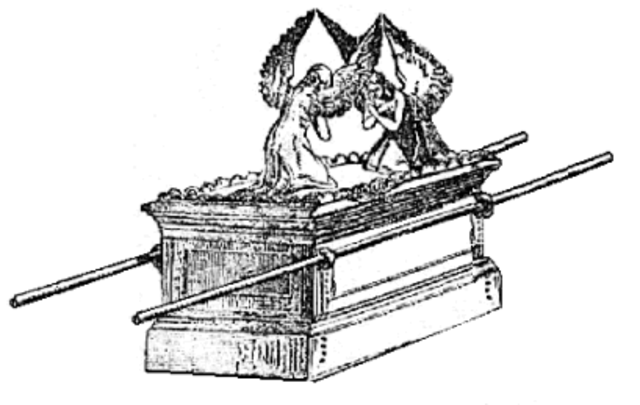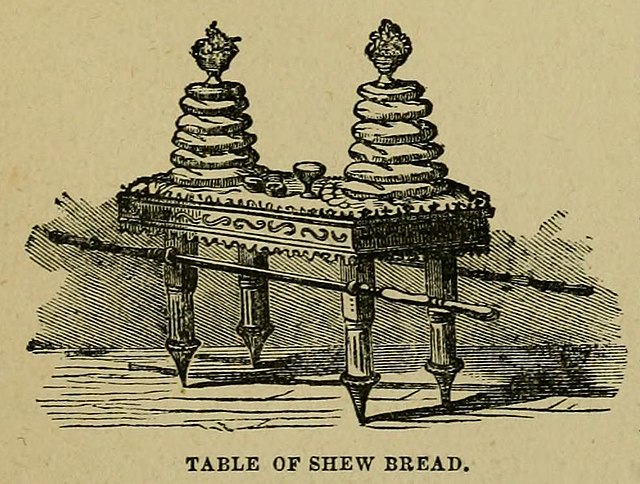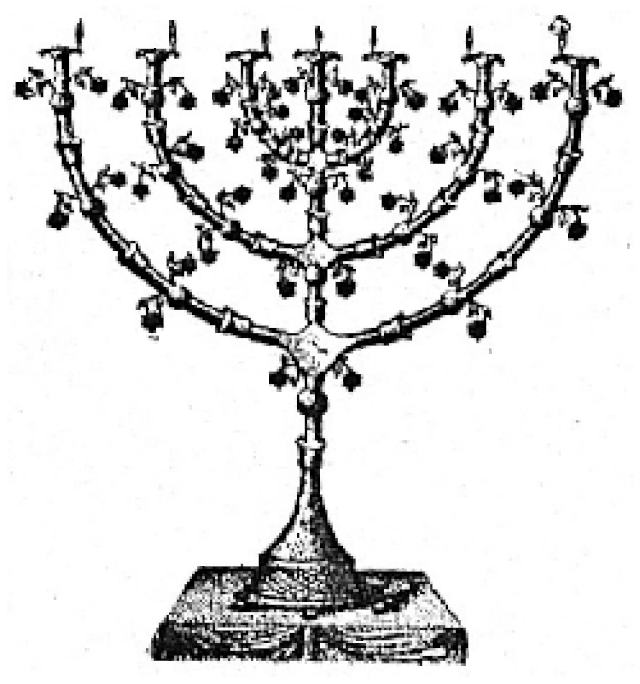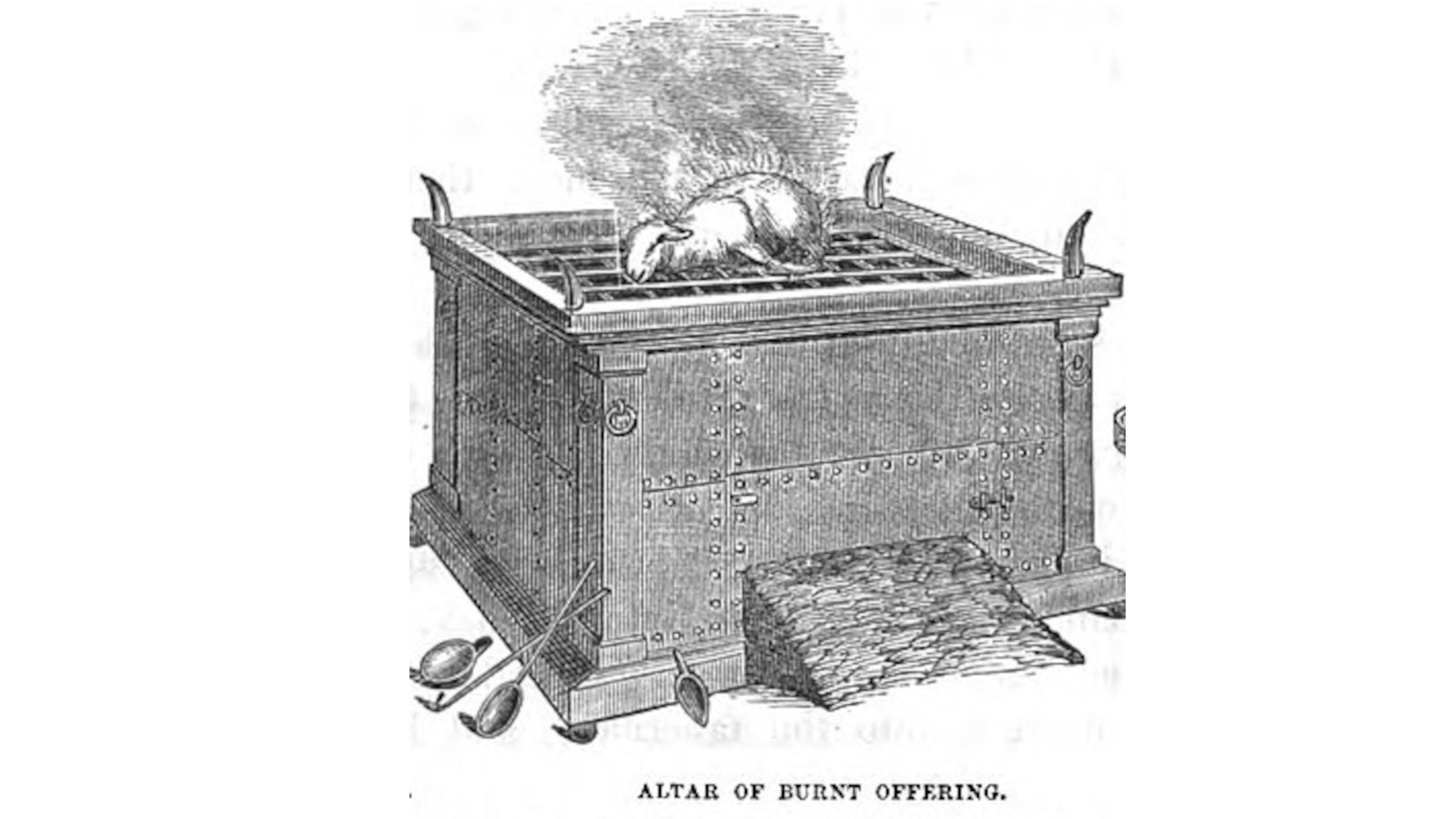This is our last post in the series on the Feasts of Israel and was the last feast in the Jewish religious year held on 15th to 21st Tishri, five days after the day of atonement. It is found in Leviticus 23:33-40:
“The Lord said to Moses, ‘Say to the Israelites: “On the fifteenth day of the seventh month the Lord’s Festival of Tabernacles begins, and it lasts for seven days. The first day is a sacred assembly; do no regular work. For seven days present food offerings to the Lord, and on the eighth day hold a sacred assembly and present a food offering to the Lord. It is the closing special assembly; do no regular work. (These are the Lord’s appointed festivals, which you are to proclaim as sacred assemblies for bringing food offerings to the Lord—the burnt offerings and grain offerings, sacrifices and drink offerings required for each day. These offerings are in addition to those for the Lord’s Sabbaths and in addition to your gifts and whatever you have vowed and all the freewill offerings you give to the Lord.) So beginning with the fifteenth day of the seventh month, after you have gathered the crops of the land, celebrate the festival to the Lord for seven days; the first day is a day of sabbath rest, and the eighth day also is a day of sabbath rest. On the first day you are to take branches from luxuriant trees—from palms, willows and other leafy trees—and rejoice before the Lord your God for seven days. Celebrate this as a festival to the Lord for seven days each year. This is to be a lasting ordinance for the generations to come; celebrate it in the seventh month. Live in temporary shelters for seven days: All native-born Israelites are to live in such shelters so your descendants will know that I had the Israelites live in temporary shelters when I brought them out of Egypt. I am the Lord your God.”’ So Moses announced to the Israelites the appointed festivals of the Lord.”
Continue reading “THE FEAST OF TABERNACLES”





